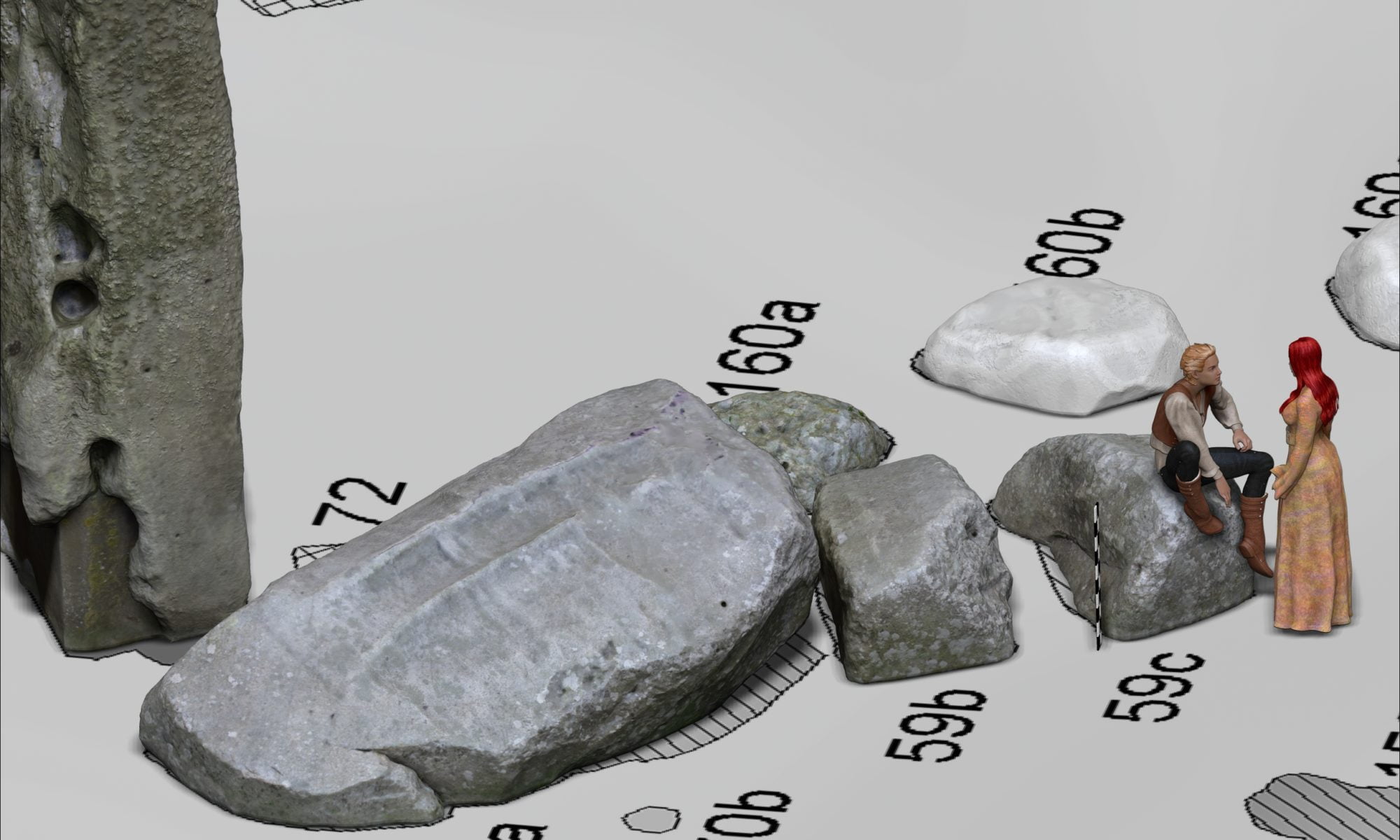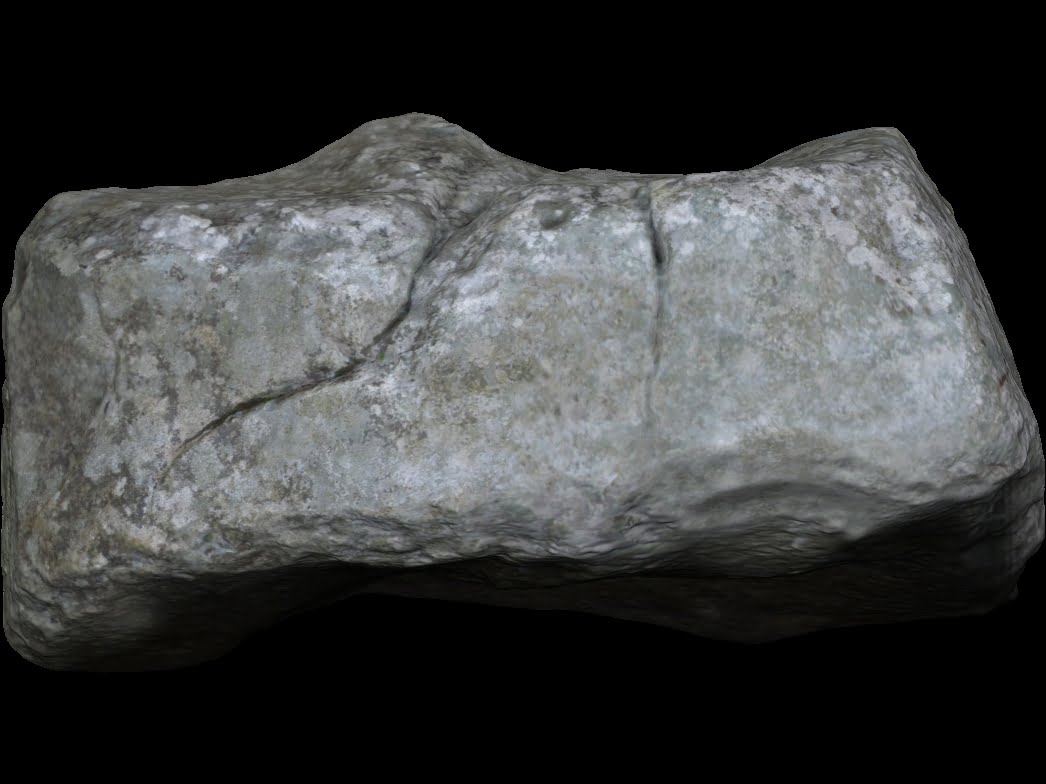Again, Brian John picks apart the ‘Durrington Shafts’ and points out that even the authors think that the northern arc is likely natural.
It pisses me off so much that the Stonehenge area has become so full of big junk science. It’s hard to get to the small truths.
Some of these holes (none are shafts) could well be sarsen extraction pits, which is far more important and has been ignored in this recent paper.











